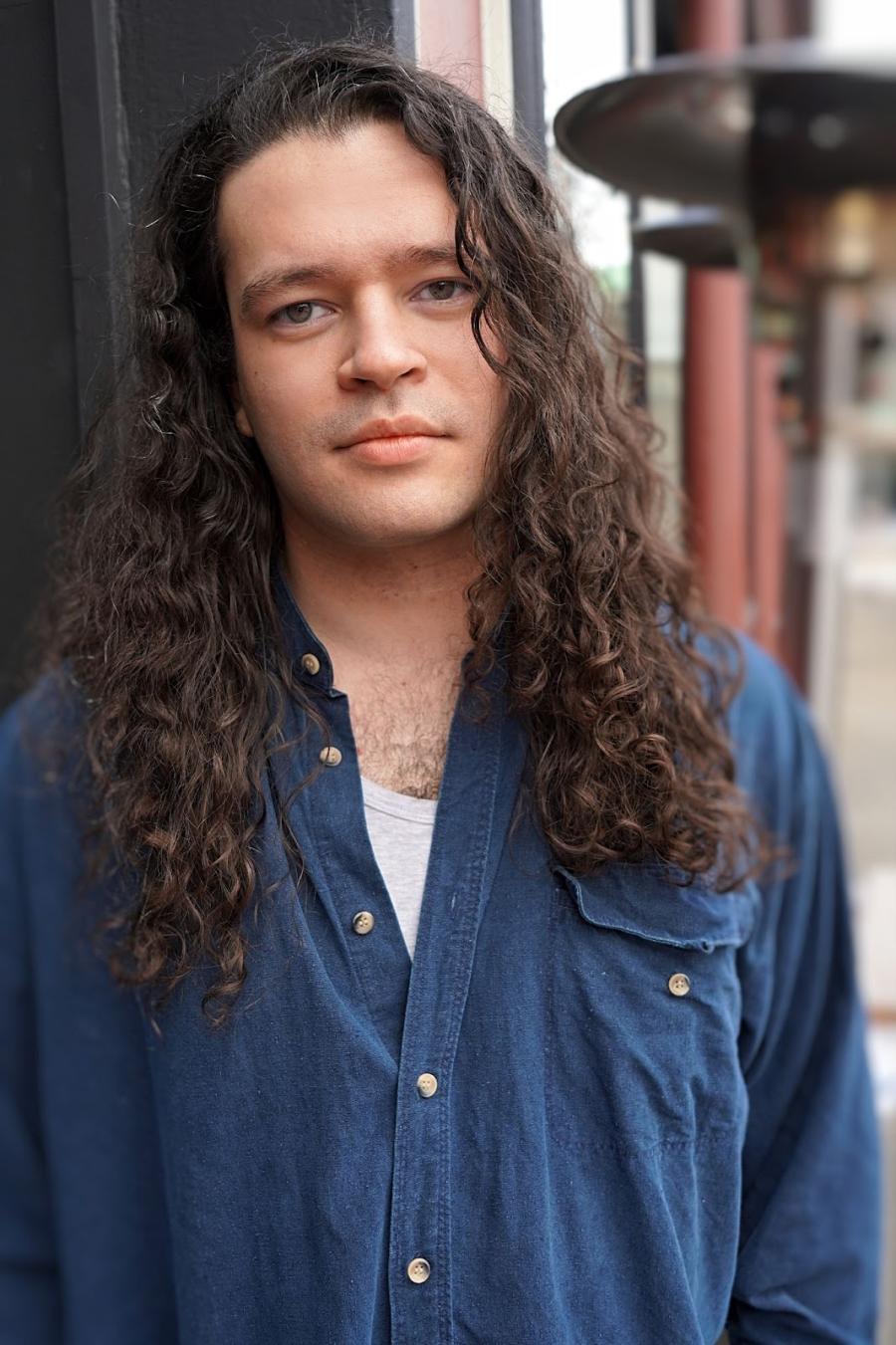
WE STILL LIVE HERE Âs Nutayuneân, an hour-long film directed by Anne Makepeace, and produced with the assistance of Cultural Survival program officer Jennifer Weston, will have its public premiere at the Santa Barbara International Film Festival on Saturday, January 29 at 4:00 PM at the Santa Barbara Museum of Art. Âs Nutayuneân will be shown again on Monday, January 31, and Tuesday, February 1. The Saturday screening will be introduced by the filmmaker, and close with audience discussion. Ticket packages for four are available through the festival website, and DVDs will be available for purchase at these and upcoming festival screenings. Beginning in February, DVD orders may be placed through makepeaceproductions.com. A portion of the proceeds from the film will benefit Cultural Survival's Endangered Languages Program. The Wôpanâak Language Reclamation Project is a partner and advisor to Cultural Survival.
The film is already being enjoyed in some Wampanoag homes in Massachusetts, and excerpts were recently screened for Cultural Survival’s board of directors and program council, as well as at the National Indian Education Association’s annual Native Language Summit. The film will also air nationally on PBS and internationally on ITVS in late 2011.
Numerous language teachers, students, and other supporters of the Wampanoag Nation’s Wôpanâak Language Reclamation Project (WLRP) appear in the documentary, filmed over three years in the tribal communities of Aquinnah, Assonet, Herring Pond, and Mashpee on Cape Cod and Martha’s Vineyard, and in Cambridge and Boston, Massachusetts.
In addition to myriad Wampanoag voices, Âs Nutayuneân also employs simple animation sequences to convey especially troubling aspects at the root of Indigenous language loss in early New England: community separations and intergenerational language transmission cut off by massive and previously unknown epidemics throughout the early 17th century, and again, as Indian families were sold into slavery and as colonial courts mandated indentured servitude for Indian children for extended periods of up to 24 years in English households “as may give them a good Education” at the close of the 17th century.
Original documents from local public records repositories in New England and the writings of 17th century missionaries Daniel Gookin and John Eliot also help tell the complex story of the first American Indian communities to use an alphabetic writing system and to adapt to English conventions of recording in writing land transfers, deeds, will, petitions, and letters—but in their Native language.
The film documents how, by the mid-1800s, language shift to English had overtaken Indigenous languages throughout much of New England, but tightly-knit communities and intertribal social, political, and family networks remained, as well as local institutions of tribal governance and traditional leadership positions. And since 1993, through the efforts of WLRP, the Wampanoag language is being revived in the home of Mashpee Wampanoag tribal citizen Jessie Baird, project co-founder and director, and through WLRP’s master-apprentice program, community-based classes, and annual three-day language immersion camp for families.
Learn more about the Wôpanâak Language Reclamation Project’s key successes at their website: wlrp.org/History.html
- The only intertribal cooperative project for the tribes of the Wampanoag
- The credentialed training of two Wampanoag linguists
- The development of a dictionary that currently holds over 11,000 words
- The development of curriculum for second language acquisition of adult learners
- The development of a no-English curriculum for all ages
- Immersion camp curriculum for all ages



